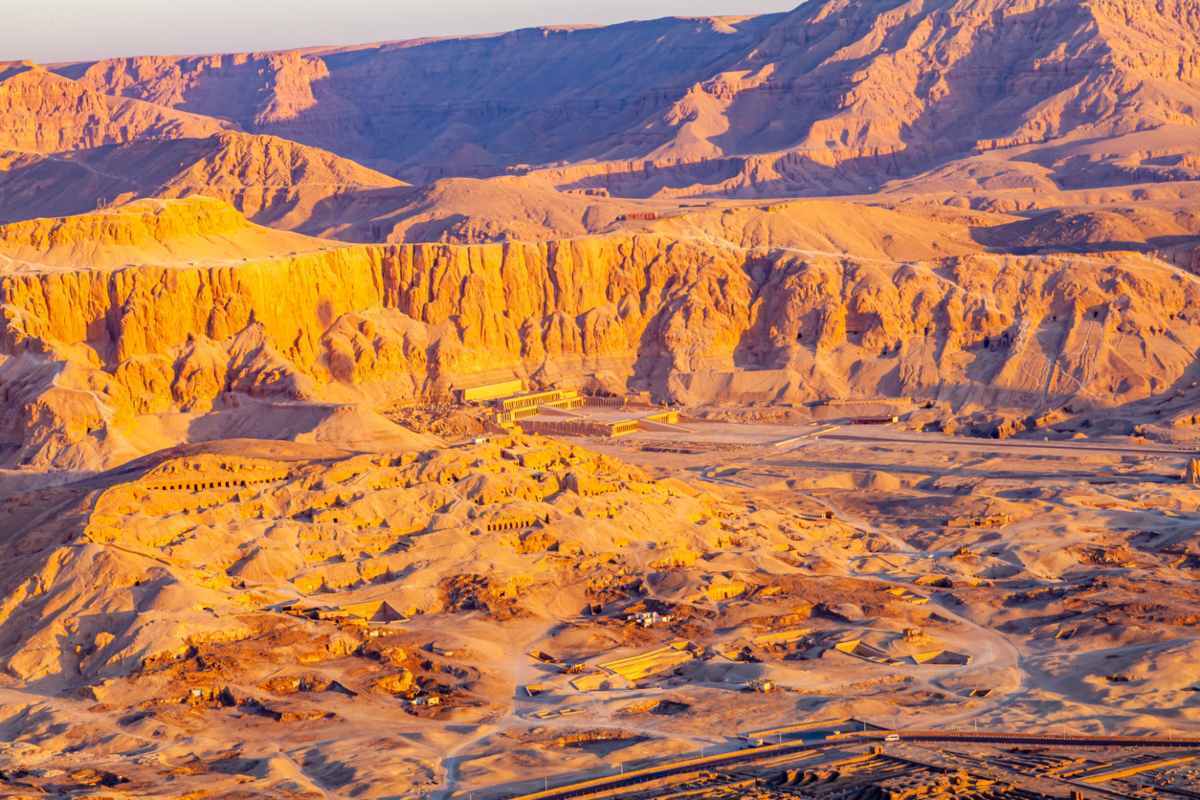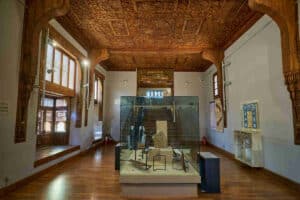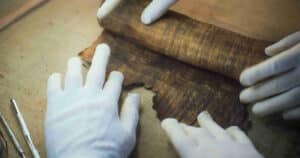If we talk about a sphinx that serves as a guardian of royal tombs, we all quickly think of the Great Sphinx of Giza, which is lying in front of the Pyramids and could represent the pharaoh Chephren. However, a discovery has recently taken place that could reveal the existence of another one, in a no less symbolic place: the Sphinx of the Valley of the Kings of Luxor. In this post we tell you what it is about and what it would imply for the conception of this spectacular sacred space, developed during the New Empire.
The discovery of the sphinx
The discovery of the alleged (not yet corroborated) Sphinx of the Valley of the Kings The C2 Project has been the result of archaeological work, but also of observation: a group of Egyptian and Spanish archaeologists (Complutense University in collaboration with the CEDAE or Documentation Center of Ancient Egypt of the Egyptian Ministry of Antiquities), who are carrying out the C2 Project in this famous valley, claim that one of the cliffs of this site showed, in the past, the effigy of a great sphinx.
It would be about 20 meters high and, as with other sphinxes and other colossal sculptures, the shape of the rock would have been used to capture the image of a sphinx. However, some time later, it was destroyed, probably in the 6th or 7th centuries, thus at the hands of the Christian or Arab civilization. The researchers came to this conclusion after discovering that the debris that merged with the landscape was not actually natural, but had carved shapes, i.e., given by the hand of man, but subsequently broken.

What is the meaning of this Sphinx of the Valley of the Kings
There is still a lot of research to be done to corroborate that it was indeed a great sphinx. And, if so, a satisfactory hypothesis for its meaning has yet to be formulated. Most likely, in that case, it would be that the Sphinx of the Valley of the Kings was a kind of guardian who guarded the tombs, in this case the royal tombs.
However, it is also possible that this great sphinx was built even before the XVIIIth Dynasty, when the royal tombs began to be built in this valley. According to some preliminary analyses, the dating of this colossal sculpture could be earlier than that of Giza, that is, before 3500 B.C., which would add more questions than certainties. In any case, the possible Sphinx of the Valley of the Kings This is one more attraction that adds to this spectacular site, located on the west bank of the Nile River, on the outskirts of the city of Luxor. Therefore, if you want to discover more details about this symbolic site and also want to visit some of the royal tombs of the XVIII dynasties onwards, contact Egipto Exclusivo to plan your visit. You will be accompanied by an expert guide and will get




